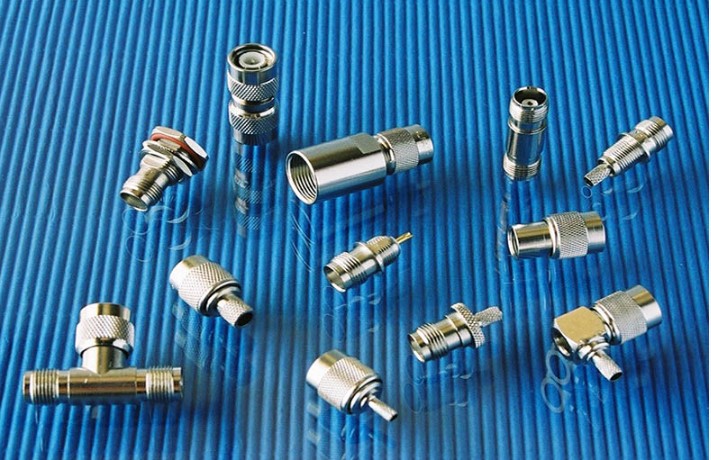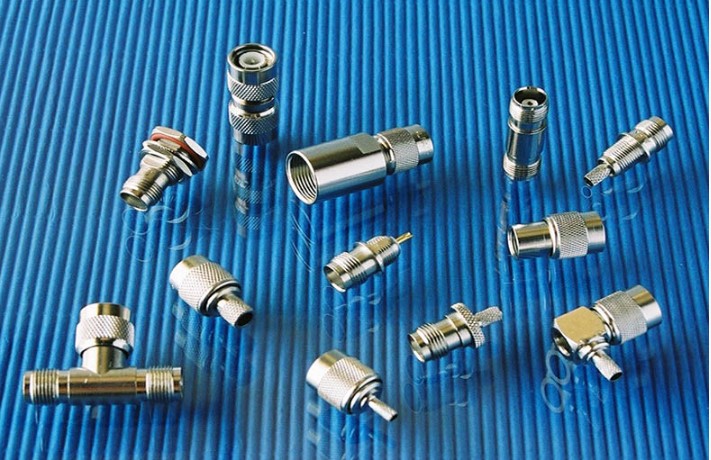f you have come to this article is because you need a coaxial cable, but do not know the points to take into account to make the right choice of coaxial cable. The good news is that you have reached the right website.
Well, let’s start by pointing out that a coaxial cable has a pair of electrical wires; one is in the middle and the other is located in the insulating space between the two.

What is a coaxial cable used for and where?
This type of cable is used to transmit energy in radio frequency, thanks to the fact that it offers a very demanding control over the electrical impedance, as well as obtaining a great performance for high frequencies, shielding and control of electromagnetic interference.
Currently there is a wide range of applications for coaxial cables, but the truth is that its two main impedances are those that determine its use.
We refer to the 50 Ohm impedance used for data signal applications, and the 75 Ohm impedance used for video signal.

Recommendations for choosing the right coaxial cable
The best advice we can give you to choose the right coaxial cable is to know the following definitions:
Tenuation: When power is lost, the level is measured in dB of loss per cable length. Well, the attenuation increases with frequency.
Coaxial adapter: This is a device that is used to change one type of connector to another such as a TNC to SMA adapter, for example.
Double Axial: Consists of a branch of coaxial cables that has two central conductors and has a single dielectric and a braided shield.
Shielding: refers to a conductor made of metal wires that covers the central conductor and the dielectric.
Central conductor: the solid or braided wire in the middle of the coaxial cable.
Coaxial connector: interconnection device located at the end of the assembled coaxial cable. There are several types: SMA, TNC, type F, N…
Dielectric: we are talking about the insulating material that separates the central conductor from the shielding conductor.
Frequency: is the number of times a periodic action occurs in a second. The frequency is measured in Hertz.
Electromagnetic Interference (EMI): refers to the electromagnetic energy that alters electrical signals.
Impedance: The property of a component to restrict the flow of current through a circuit. Impedance is measured in ohms (Ohm).
Jack: A female connector that commonly has a hole in the center, something that doesn’t happen when it’s a reverse polarity (RP) connector.
Insertion loss: This is a measure of the attenuation established after connecting a cable or equipment in the system.
Plug: male connector that usually includes a pin in the center, unless it is an RP connector.
Radio Frequency: Frequency band starting from 3 MHz to 3 AWG. It is generally used for Wi-Fi signal transmissions, telephony, TV and general data.
Bend Radius: the size of the radius where the cable can be bent without losing the signal.
Propagation speed: normally expressed as a percentage, it refers to the speed of transmission of electrical energy in some length of cable contrasted with the speed of light.
Voltage Standing Wave Radio: is the relationship between the maximum effective voltage and the minimum effective voltage. Both voltages are measured by means of the radio frequency transmission line.

We assure you that by mastering these definitions you will know how to choose the right coaxial cable for you. If you have any questions, you can contact us.
